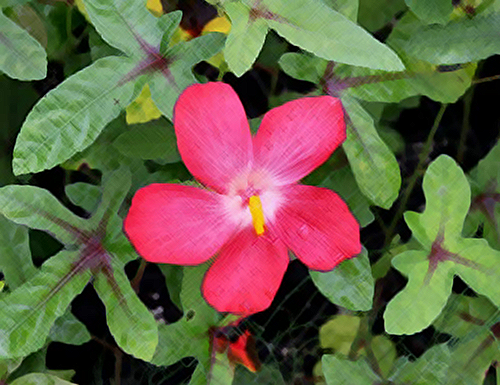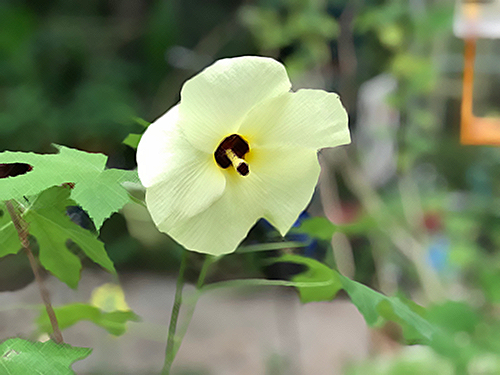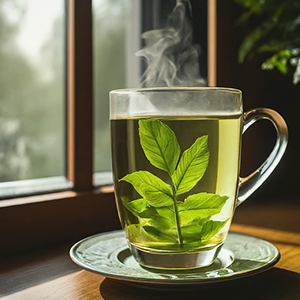Contents
Indian and Arabic perfume makers very much appreciate the abelmosk seeds, and the Arabs also use this plant as an aphrodisiac. When rubbed or heated, the abelmosk seeds give an intense aroma that resembles amber and musk. In some Central American locations, these seeds are added to coffee to give it more fragrance.

Abelmosk Scientific Facts
- Scientific Name – Hibiscus Abelmoschus L.
- French – Ambrette.
- Spanish – Abelmosco.
- Environment – Native to India, it frequently grows in tropical areas of Central America and is cultivated in Guyana and West Indies.
- Description—This shrub of the Malvaceae family grows up to two meters high. It has unequally lobulated leaves and abundant, exuberant yellow or red flowers containing kidney-shaped seeds with greyish mark lines.
- Parts of the plant used medicinally – The seeds.
Abelmosk Healing Properties

The seeds of this plant contain essential oil with a robust antispasmodic effect. This oil can relax the muscles of internal cavernous organs when suffering from spasms. Therefore, it eases the pain of the intestine, bile, or kidney colic and uterine spasms of dysmenorrhea (painful menstruation). It also has a soothing effect on the nervous system.

Rose of China
The rose of China, or the hibiscus (Hibiscus rosasinensis L.), is an ornamental shrub similar to the abelmosk. Its red flowers have astringent properties and are used in infusions to ease sore throat and eyewashes.
How to use Abelmosk
- Infusion with 50 grams of seeds per liter of water. Drink two or three cups daily.
DISCLAIMER: All content on this website is presented solely for educational and informational objectives. Do not rely on the information provided as a replacement for advice, diagnosis, or treatment from a qualified medical expert. If you are pregnant, nursing, or have any preexisting medical concerns, talk to your doctor before using any herbal or natural medicines.
REFERENCES
- George D. Pamplona-Roger, M.D. “Encyclopedia of Medicinal Plants.” George D. Pamplona-Roger, M.D. Encyclopedia of Medicinal Plants. Ed. Francesc X. Gelabert. Vols. 1 San Fernando de Henares: Editorial Safeliz, 2000. 363. Print.
- https://bmccomplementmedtherapies.biomedcentral.com/articles/10.1186/1472-6882-11-64
- https://www.drugs.com/npp/musk-okra.html
